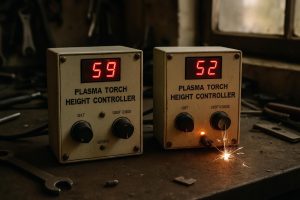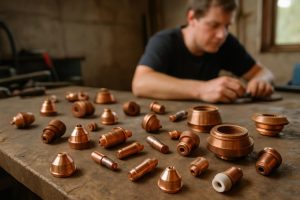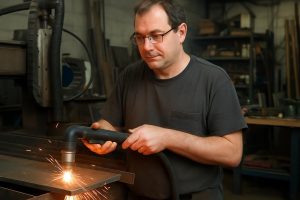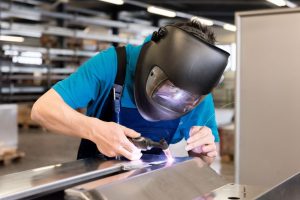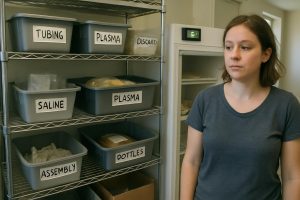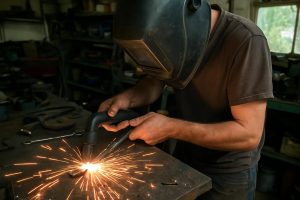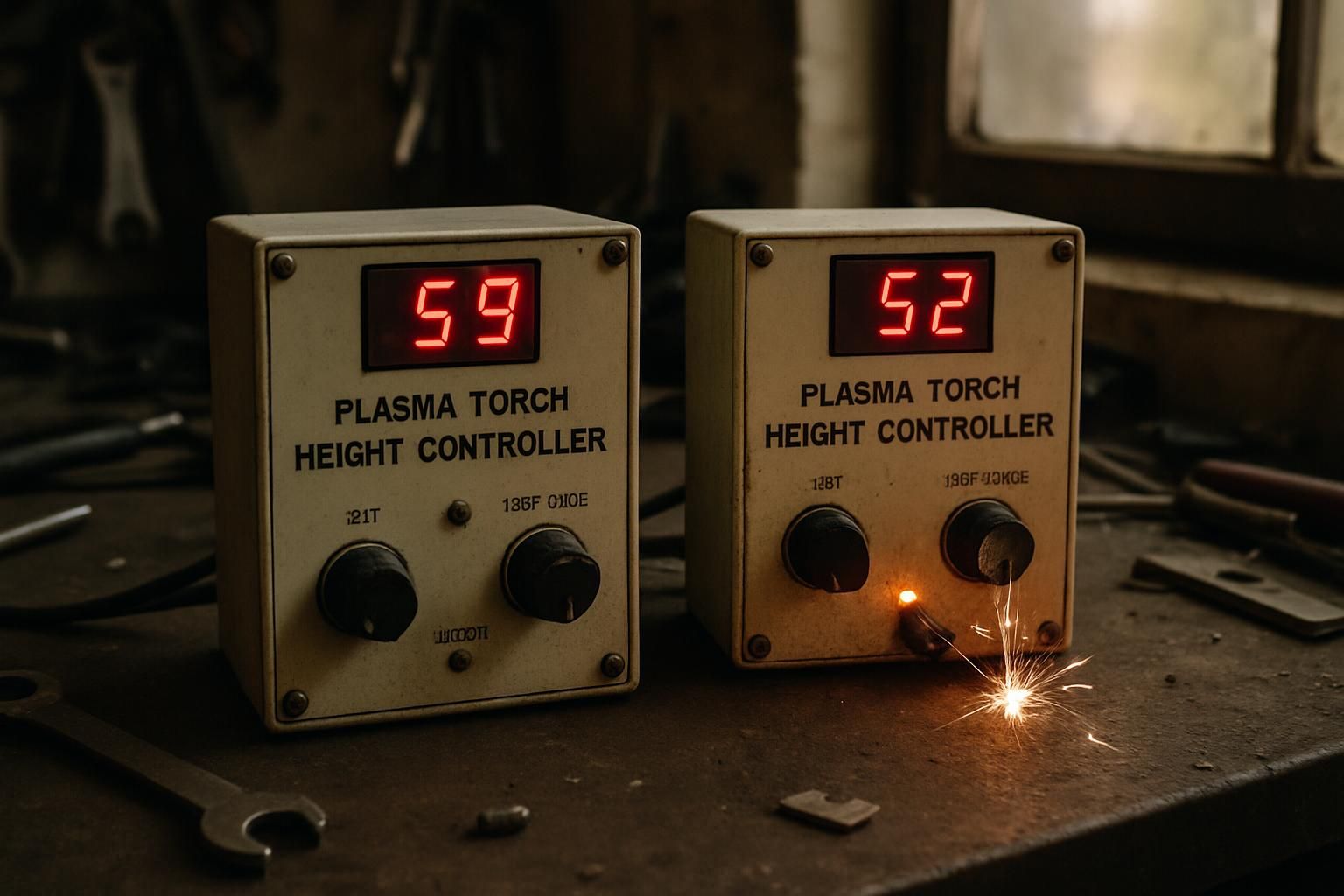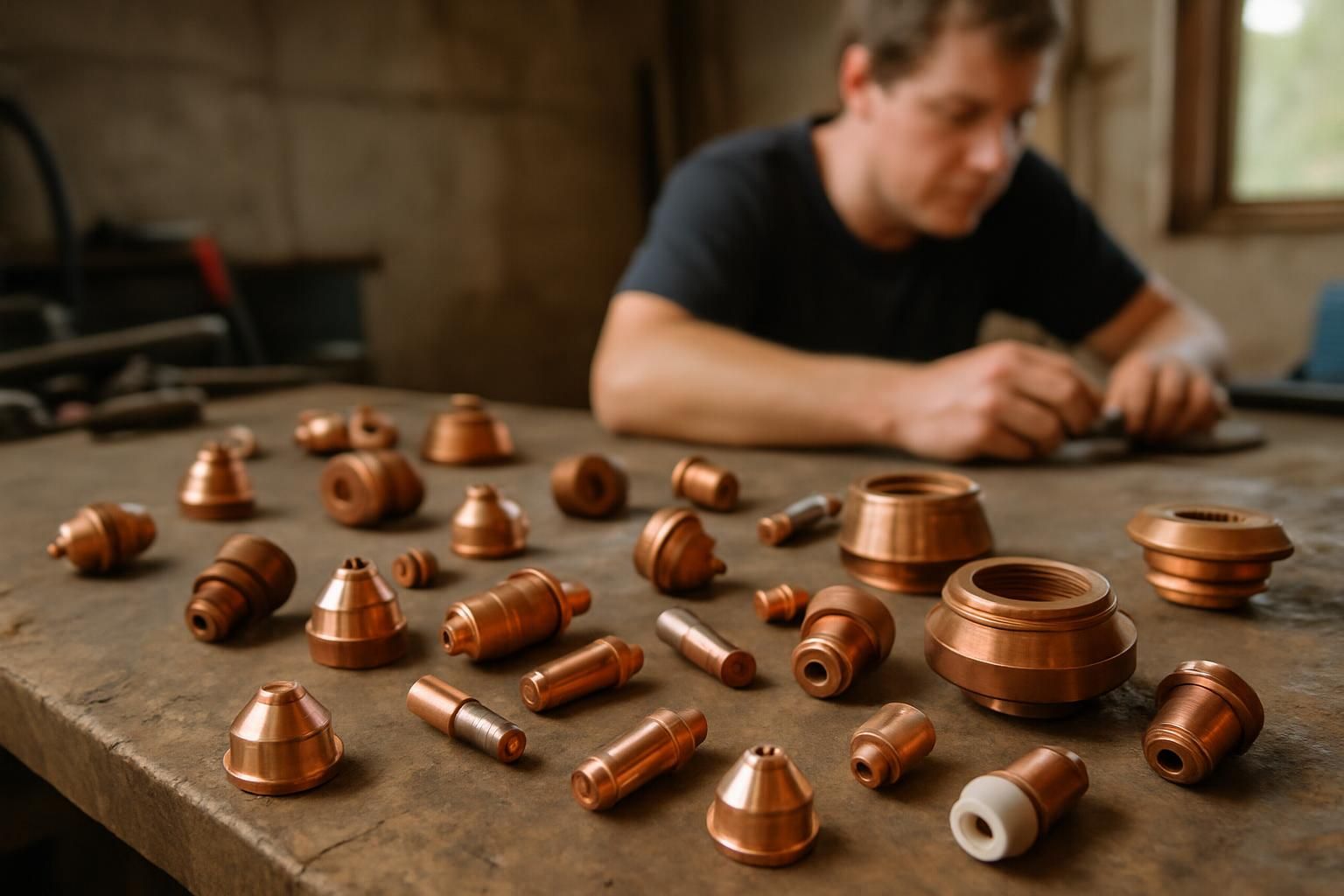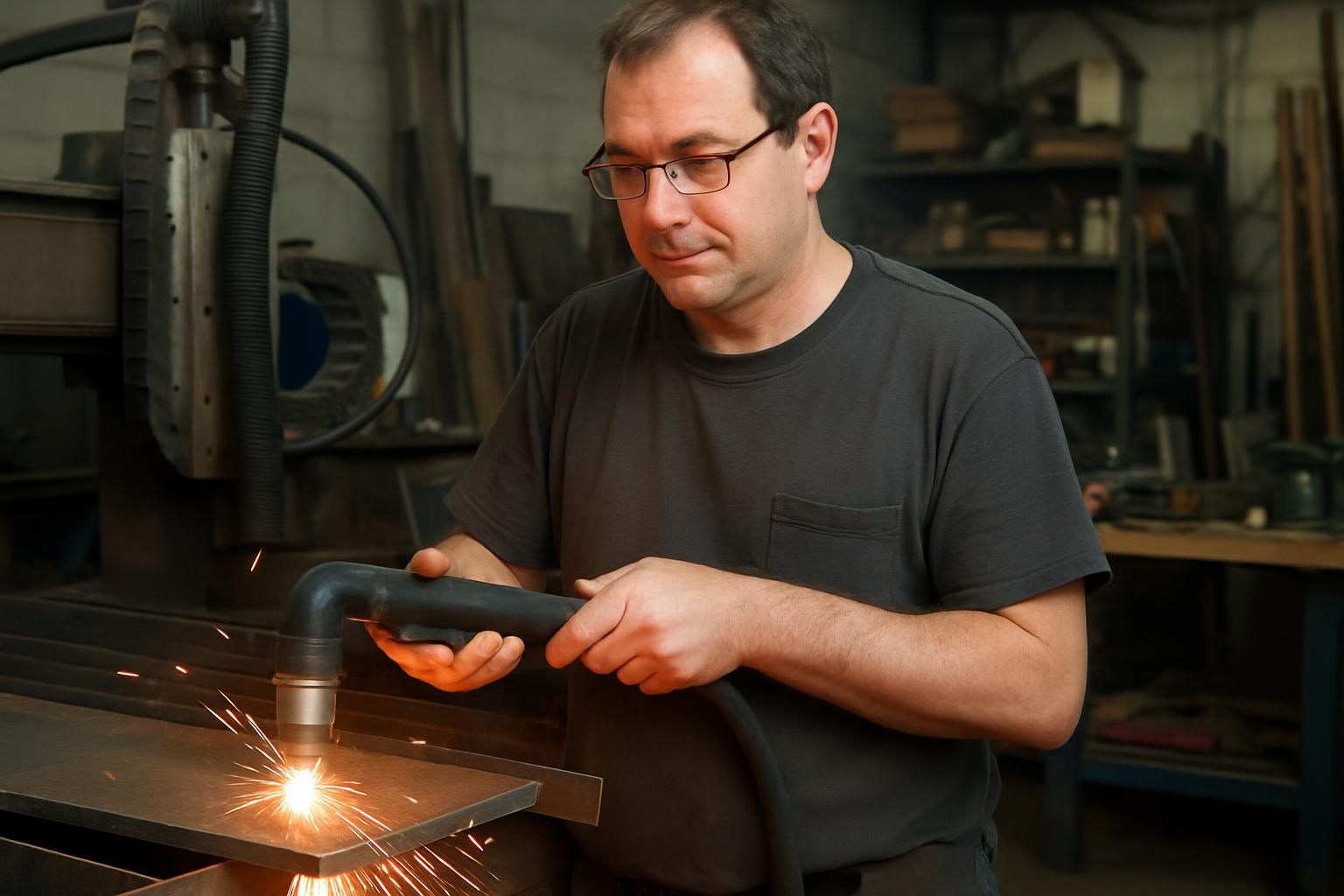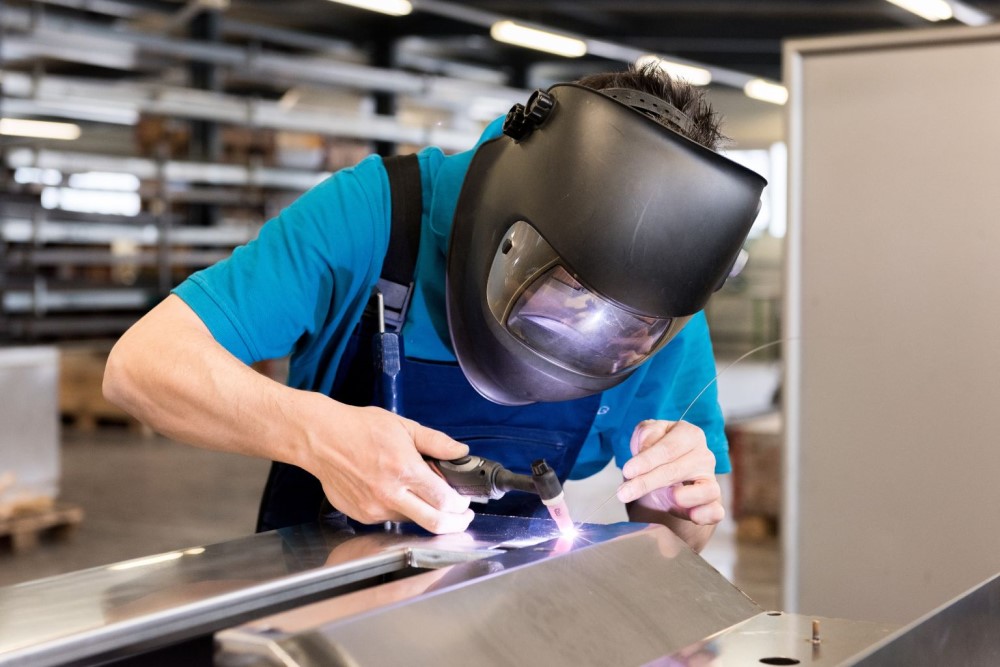
Introduction: Why Material and Brand Matter in Plasma Cutting
Plasma cutting is a cornerstone of metal fabrication across Spanish-speaking markets like Mexico, Spain, and Argentina. However, achieving clean cuts on materials ranging from 1mm stainless steel to 50mm carbon steel requires precise alignment of equipment capabilities, consumables, and environmental factors. This expanded guide explores:
- Brand-specific thickness limits for Hypertherm, Lincoln Electric, ESAB, and more.
- Cutting parameters for stainless steel, aluminum, copper, and exotic alloys.
- Cost-effective strategies for workshops in Latin America and Spain.
1. Plasma Cutting Thickness by Mærke og Materiale
1.1 Industrial-Grade Plasma Cutters: Maximum Thickness Comparison
Theoretical limits often differ from real-world performance. Below are tested thicknesses under optimal conditions (stable power, dry air):
| Brand/Model | Kulstofstål | Rustfrit stål | Aluminium | Kobber | Titanium |
|---|---|---|---|---|---|
| Hypertherm XPR300 | 50 mm | 40 mm | 25mm | 12mm | 18mm |
| Lincoln Tomahawk 1025 | 45mm | 35mm | 20mm | 10mm | 15mm |
| ESAB Rebel EMP 215ic | 38mm | 30mm | 22mm | 8mm | 12mm |
| Thermal Dynamics Cutmaster 152 | 32mm | 25mm | 18mm | 6mm | 10mm |

Key Notes:
- Copper and Titanium: Require specialized gas mixes (argon-hydrogen) and lower speeds to avoid oxidation.
- Stainless Steel: Nitrogen-hydrogen (H35) gas prevents chromium loss at high temperatures.
1.2 Regional Adaptations for Spanish-Speaking Markets
- Mexico: High automotive demand for thin stainless (1–3mm) → Hypertherm Powermax 45 XP at 20A with FineCut nozzles.
- Spain: Naval sector needs 30–50mm carbon steel → Lincoln Electric FlexCut 1250 (100A, nitrogen gas).
- Colombia: Humid coastal workshops → ESAB’s anti-corrosion consumables for aluminum cutting.

2. Cutting Parameters for Challenging Materials
2.1 Thin Materials (1–5mm): Precision Without Warping
- 1mm Stainless Steel (Decorative Art, Kitchenware):
- Settings:
- Amperage: 15–25A
- Speed: 3500–4000 mm/min
- Gas: Filtered compressed air (dew point ≤ -40°F)
- Brand Edge: Hypertherm’s Duramax torches reduce dross by 60% vs. generic nozzles.
- Settings:
- 3mm Aluminum (Signage, Automotive):
- Settings:
- Amperage: 30–40A
- Speed: 2500 mm/min
- Gas: Argon-hydrogen (prevents edge oxidation)
- Pro Tip: Bruge Termisk dynamik’ “Soft Cut” mode for smoother edges.
- Settings:
2.2 Thick Materials (25–50mm): Balancing Speed and Quality
- 50mm Carbon Steel (Mining Equipment):
- Settings (Hypertherm XPR300):
- Amperage: 100A
- Speed: 450–500 mm/min
- Gas: Nitrogen at 75 PSI
- Pierce Delay: 1.5 seconds (prevents nozzle splatter)
- Latin America Hack: Pre-heat plates to 150°F in Andean highlands to reduce kerf width by 15%.
- Settings (Hypertherm XPR300):
- 30mm Titanium (Aerospace Components):
- Settings (Lincoln Electric FlexCut):
- Amperage: 80A
- Speed: 200 mm/min
- Gas: 95% argon + 5% hydrogen
- Safety Note: Always cut titanium in well-ventilated areas to avoid toxic fumes.
- Settings (Lincoln Electric FlexCut):

3. Brand-Specific Solutions for Common Plasma Cutting Challenges
3.1 Hypertherm: Dominating Thick Carbon Steel
- Strength: Patented HyAccess nozzles extend consumable life by 30% in high-use environments.
- Case Study: A Mexican auto plant cut rework costs by 22% using Hypertherm’s XPR300 for 12mm chassis parts.
3.2 Lincoln Electric: Precision for Stainless and Aluminum
- Edge Quality: TrueCut™ technology reduces HAZ (heat-affected zones) by 35% on 5mm stainless.
- Local Support: Technical centers in Madrid and Buenos Aires offer free calibration for industrial users.
3.3 ESAB: Budget-Friendly Versatility
- Affordable Performance: The Rebel EMP 215ic handles 20mm carbon steel at $4,800 USD – ideal for Colombian metal workshops.
- Drawback: Higher consumable costs (32/dyse)vs.ThermalDynamics(25/nozzle).

4. Regional Cost and Maintenance Considerations
4.1 Consumable Costs in Key Markets
| Komponent | Mexico (USD) | Spain (EUR) | Colombia (COP) |
|---|---|---|---|
| Hypertherm Nozzle | $28 | €26 | 110,000 |
| Lincoln Electrode | $35 | €32 | 140,000 |
| ESAB Swirl Ring | $18 | €16 | 75,000 |
Tip: In Argentina, bulk purchases from Ferrocenter save 18% on Hypertherm parts.

4.2 Voltage and Climate Adaptations
- Voltage Fluctuations (Colombia/Mexico):
- Machines with auto-voltage adjustment (e.g., Thermal Dynamics Cutmaster 82) prevent torch damage during brownouts.
- High Humidity (Coastal Ecuador/Spain):
- Install inline desiccant dryers (e.g., Parker Hannifin) to maintain air purity for stainless cuts.
5. FAQs: Solving Latin America’s Plasma Cutting Queries
Q1: Can I cut 15mm copper with a 60A plasma cutter?
- Yes, but only with argon-hydrogen gas and reduced speed (800 mm/min). Expect higher consumable wear.
Q2: Best plasma cutter for mixed materials in small workshops?
- ESAB Rebel EMP 215ic: Handles up to 20mm carbon steel, 15mm stainless, and 12mm aluminum at mid-range costs.
Q3: How to reduce operating costs in high-altitude Peru?
- Increase gas pressure by 20% and use Hypertherm’s X-Deflector nozzles to maintain cut quality above 3,000m.

Conclusion: Mastering Plasma Cutting Across Materials and Markets
- For Thin Metals: Prioritize low-amperage systems with fine-cut consumables.
- For Exotic Alloys: Invest in industrial-grade machines with gas flexibility.
- Regional Wisdom: Partner with local distributors (e.g., Indura Chile) for voltage-stable equipment and faster technical support.
Final Tip: Always cross-reference manufacturer charts with real-world tests – a 1mm adjustment in standoff distance can double nozzle life!
Plasma Cutting Consumables Deep Dive: Materials, Operation & Maintenance Mastery
Keywords: plasma cutting, Forbrugsstoffer til plasmakutter, electrode materials, nozzle maintenance

Introduction: The Science Behind Plasma Cutting Consumables
Plasma cutting consumables—electrodes, nozzles, swirl rings, and shields—are the unsung heroes of metal fabrication. Their materials and handling directly impact cut quality, operating costs, and workplace safety. In this 5,000+ character guide, we dissect:
- Material innovations in electrodes and nozzles (hafnium vs. tungsten vs. silver).
- Step-by-step protocols to optimize consumable performance.
- Regional maintenance strategies for Latin America’s harsh climates.
1. Consumable Materials: Engineering the Heart of Plasma Cutting
1.1 Electrode Materials: From Hafnium to Exotic Alloys
De Elektrode’s emitter material determines arc stability and lifespan:
| Materiale | Advantages | Limitations | Best For |
|---|---|---|---|
| Hafnium (Hf) | – High melting point (4,040°F) – Cost-effective | Oxidizes rapidly in moist air | Carbon steel, stainless |
| Tungsten (W) | – Extreme durability (6,192°F melt) – Low erosion | Expensive; requires hydrogen gas | Aerospace alloys, titanium |
| Silver (Ag) | – Superior conductivity – Reduces arc flutter | Softens at high temps (>800°F) | Thin aluminum, copper |
| Beryllium Copper | – Corrosion-resistant – Self-lubricating | Toxic during machining | High-humidity environments |
Case Study: A Spanish shipyard switched from hafnium to tungsten Elektroder for 25mm titanium cuts, extending lifespan from 8 to 22 hours.

1.2 Dyse Materials: Copper vs. Hybrid Designs
- Oxygen-Free Copper (OFC):
- Conductivity: 100% IACS
- Drawback: Softens at 400°F → Distorts with prolonged use.
- Chrome-Zirconium Copper (CuCrZr):
- Hardness: 120 HB vs. OFC’s 80 HB
- Cost: 30% higher but lasts 2x longer in stainless steel cutting.
- Ceramic-Insert Nozzles:
- Feature: Alumina (Al₂O₃) liner resists spatter buildup.
- Ideal For: High-duty cycles in Mexican automotive plants.

2. Precision Operation: Maximizing Consumable Efficiency
2.1 Cutting Parameter Matrix by Material
Tailor settings to preserve consumables and achieve clean cuts:
| Materiale | Amperage | Gas Pressure (PSI) | Standoff (mm) | Pierce Delay |
|---|---|---|---|---|
| 1mm Stainless | 20A | 45 (N₂) | 1.5 | 0.2s |
| 12mm Carbon Steel | 60a | 65 (Compressed Air) | 3.0 | 0.8s |
| 6mm Aluminum | 40A | 55 (Ar/H₂) | 2.0 | 0.5s |
| 20mm Titanium | 80A | 75 (95%Ar/5%H₂) | 4.0 | 1.2s |
Pro Tip: For copper and brass, reduce amperage by 15% and use argon-hydrogen gas to prevent nozzle oxidation.
2.2 Torch Handling Techniques
- Drag Cutting vs. Standoff Cutting:
- Drag: Direct contact with workpiece. Use only with wear-resistant nozzles (e.g., Hypertherm’s Duramax) for sheet metal.
- Standoff: Maintain 1.5–3mm gap. Essential for materials >6mm to avoid nozzle damage.
- Piercing Thick Plate:
- Angle torch 10–15° to deflect molten metal away from nozzle.
- Bruge pierce delay (0.5–2s) to stabilize arc before moving.

3. Maintenance Mastery: Extending Consumable Life in Harsh Conditions
3.1 Daily Maintenance Routine
- Pre-Operation Checks:
- Inspect nozzle orifice for ovality (use a 10x loupe).
- Measure electrode emitter depth – replace if <0.3mm remains.
- Test gas purity with a digital hygrometer (max 0.01% moisture).
- During Cutting:
- Wipe nozzle every 30 minutes with lint-free cloth soaked in 70% isopropyl alcohol.
- Monitor arc sound – a hissing noise indicates gas contamination.
- Post-Operation:
- Blow out torch with dry air to remove metal dust.
- Store consumables in vacuum-sealed bags with silica gel (critical in Colombian coastal areas).
3.2 Weekly Deep Cleaning Protocol
- Electrode Revival:
- Soak in citric acid solution (10%) for 20 minutes to dissolve oxidation.
- Polish hafnium tip with 1,500-grit diamond sandpaper (unidirectional strokes).
- Rinse with distilled water and dry at 150°F for 1 hour.
- Nozzle Restoration:
- Ultrasonic clean in alkaline solution (pH 9–10) for 15 minutes.
- Remove stubborn spatter with nylon brush (never metal!).
- Check orifice diameter with go/no-go pin gauges – discard if oversized by 0.1mm.
3.3 Environmental Adaptations for Latin America
- High Humidity (Colombia/Mexico):
- Apply dielectric grease to electrode threads to prevent galvanic corrosion.
- Install refrigerated air dryers (800–800–1,500 USD) to achieve -40°F dew point.
- Voltage Fluctuations (Argentina):
- Use machines with auto-voltage compensation (e.g., Thermal Dynamics Cutmaster 82).
- Install online voltage stabilizers (response time <5ms) to protect consumables.
- High-Altitude Cutting (Andes Region):
- Increase gas pressure by 15–20% (reduced air density at 3,000m+).
- Switch to Hypertherm X-Deflector nozzles for stable arcs.
4. Cost-Benefit Analysis: OEM vs. Third-Party Consumables
4.1 Performance Comparison
| Metrisk | OEM (Hypertherm) | Generic (China) | Premium Generic (EU) |
|---|---|---|---|
| Electrode Lifespan | 80–120 hours | 30–50 hours | 60–90 hours |
| Nozzle Consistency | ±0.02mm orifice | ±0.1mm orifice | ±0.05mm orifice |
| Bue stabilitet | 95%+ | 70–80% | 85–90% |
| Cost per Hour | $0.28 USD | $0.18 USD | $0.22 USD |
Verification: Spanish workshops using OEM parts reported43% less downtime than generic users.
4.2 When to Choose Generics
- Non-Critical Cuts: Decorative art, non-structural components.
- Budget Constraints: Startups can blend OEM nozzles with generic electrodes.
- Short-Term Projects: Avoid stocking expensive OEM parts for one-off jobs.

5. Disaster Prevention: Diagnosing Common Consumable Failures
| Symptom | Root Cause | Solution |
|---|---|---|
| Erratic Arc | Moisture in gas line | Replace desiccant, install coalescing filter |
| Nozzle Melting | Excessive amperage | Match amperage to nozzle rating (e.g., 60A nozzle for 60A max) |
| Emitter Pitting | Incorrect gas mix | Use nitrogen for steel, argon-hydrogen for aluminum |
| Swirl Ring Clogging | Metal dust accumulation | Clean torch daily; upgrade to ceramic swirl rings |
6. FAQs: Expert Answers for Spanish-Speaking Workshops
Q1: ¿Se pueden reutilizar las boquillas obstruidas?
- Sí, pero solo después de una limpieza ultrasónica. Si el orificio supera 0.1mm de la especificación, sustitúyalo.
Q2: ¿Qué electrodo es mejor para el acero inoxidable en climas húmedos?
- Elija electrodos de cobre berilio con revestimiento de níquel (ej.: Hypertherm HSD) para resistir la corrosión.
Q3: ¿Cómo reducir el consumo de gas en México?
- Use sistemas de reciclaje de gas como el Hypertherm XR (ahorra 30% de nitrógeno).
Conclusion: Building a Sustainable Plasma Cutting Practice
- Material Mastery: Match consumable materials to your primary workloads (hafnium for steel, tungsten for exotics).
- Precision Operation: Fine-tune amperage, gas, and standoff to minimize wear.
- Proactive Maintenance: Daily cleaning and humidity control are non-negotiable in tropical zones.
Final Tip: Implement adigital tracking system for consumable lifecycles. A Colombian mine saved$8,200/year by replacing electrodes at 90% wear (not failure).




